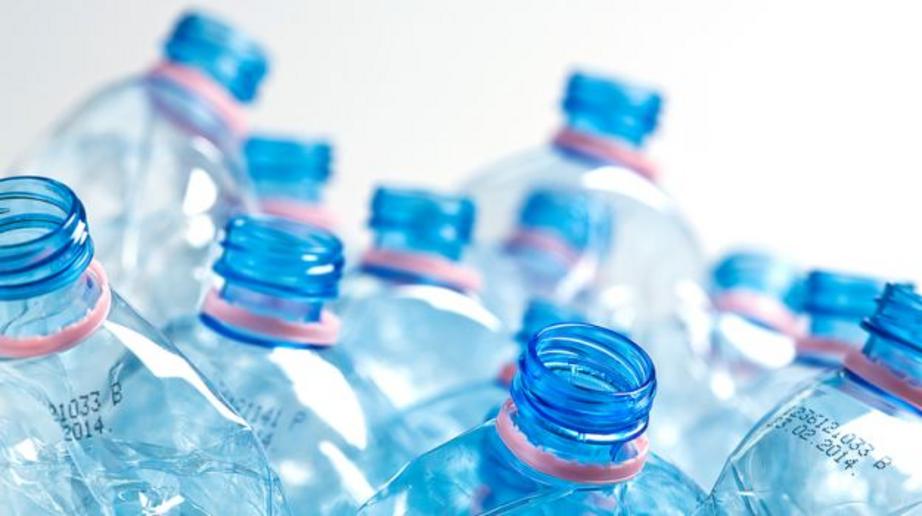Newly-evolved microbes may be breaking down ocean plastics
Plastic. There should be hundreds of thousands of tonnes of the stuff floating around in our oceans. But we are finding less than expected – perhaps because living organisms are evolving the ability to break it down.

Plastic production is rising exponentially, so ever more of it should be ending up in the oceans, says Ricard Sole, who studies complex systems at the Universitat Pompeu Fabra in Barcelona.
But surveys of areas where floating plastic accumulates, such as the North Atlantic gyre, are not finding nearly as much plastic as expected.
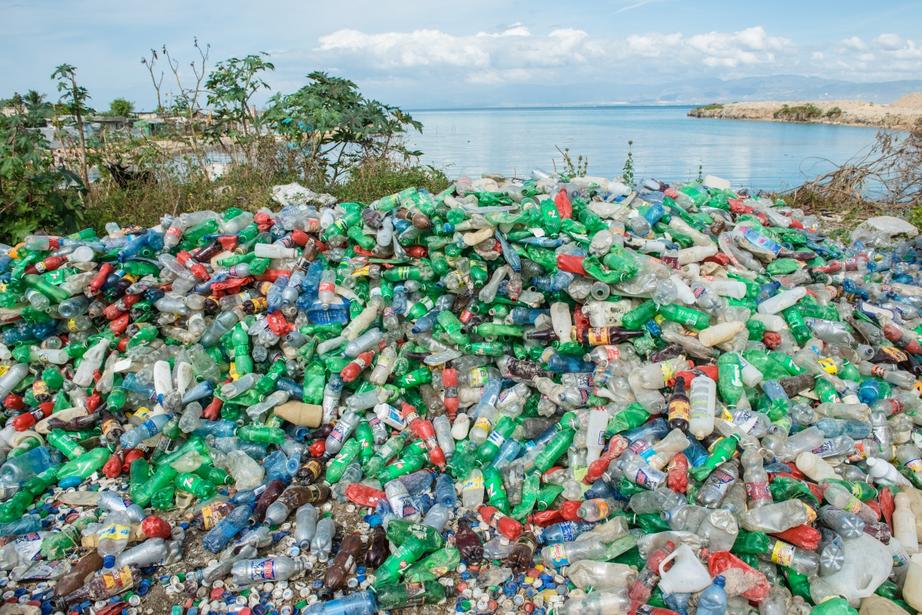
Mystery of the missing plastics
In fact, there’s only a tenth to a hundredth as much plastic as expected – and the amount of floating plastic does not appear to be increasing. “The trend should be there,” Sole says.
This lack of trend cannot be explained by physical processes, according to his team’s mathematical models. Instead, they propose that there has been a population boom in microbes that have evolved the ability to biodegrade plastic.
Other researchers agree that surveys are finding far less plastic in the oceans than expected. However, they say there are several other possible explanations for this “missing plastic”.
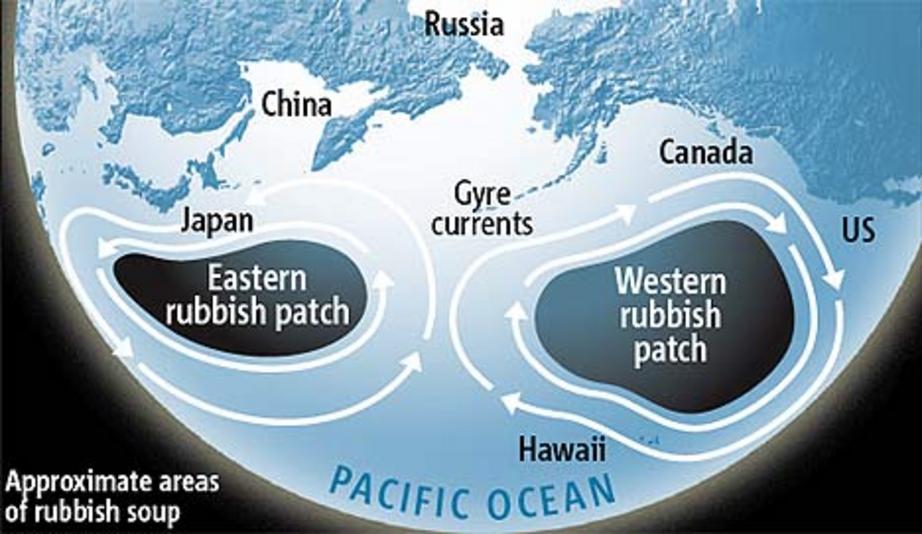
Surprisingly, even if ocean plastic is being degraded much faster than thought, it is not clear that this is a good thing. “It is difficult to say,” says Matthew Cole of Exeter University in the UK.
For instance, biodegradation could be speeding up the breakdown of large pieces of plastic into lots of very tiny pieces, which might have a greater overall impact.
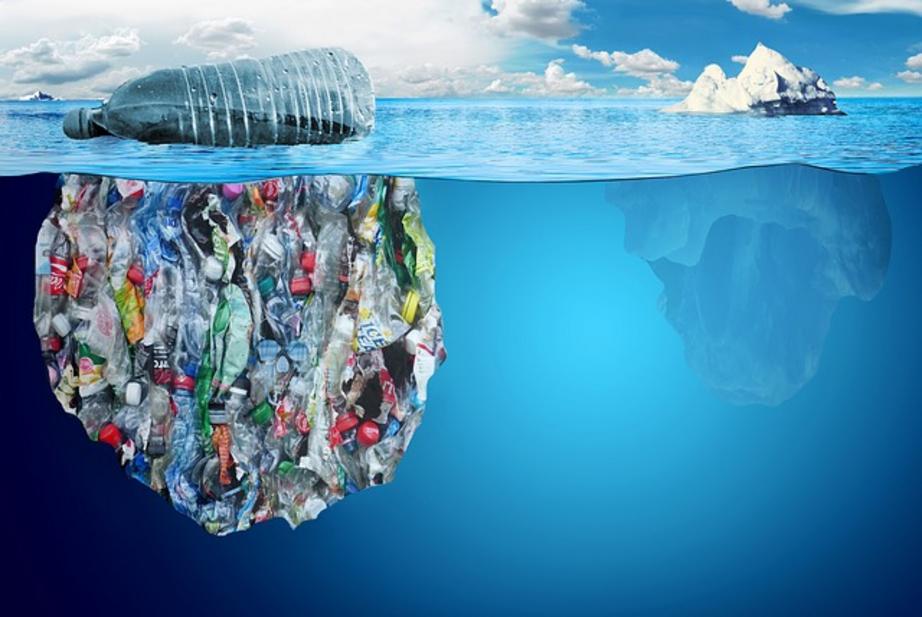
Plastic also contains various additives that could get released and enter the food chain if the plastic part biodegrades, says environmental chemist Alexandra ter Halle of the Laboratoire des IMRCP in France.
“To really tackle the plastic problem, we need to stop it getting into the oceans in the first place,” Cole says.
The ‘platisphere’
In theory it is possible that some microbes have evolved the ability to break down plastics. Studies by Linda Amaral-Zettler of the Netherlands Institute for Sea Research show that the microbes colonising floating plastic are quite distinct from those in the surrounding water, and suggest some are feeding on pollutants.
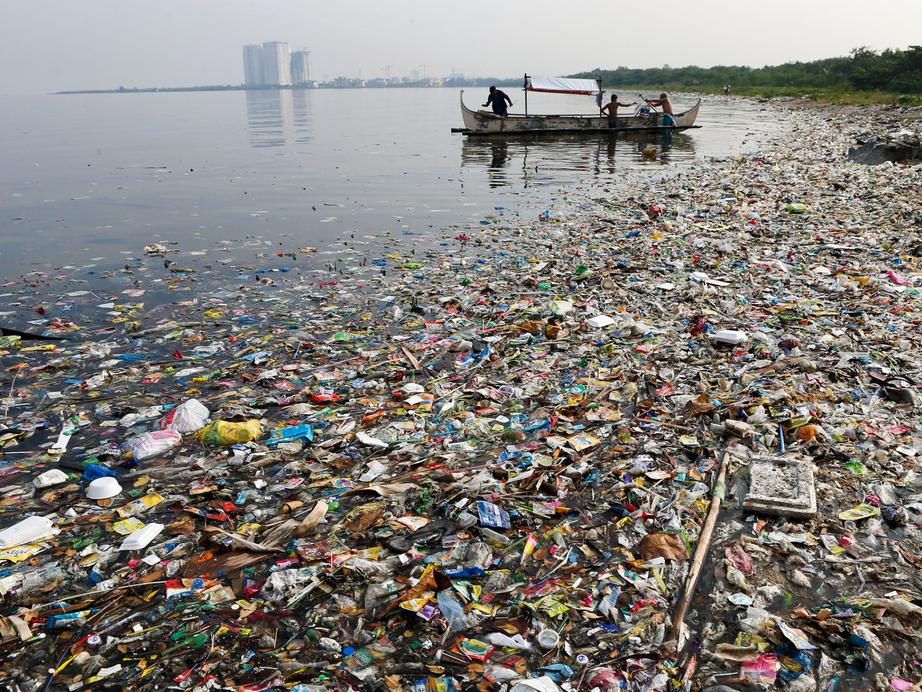
In effect, the plastic is creating a whole new ecosystem that Amaral-Zettler and colleagues call “the plastisphere”.
But when ter Halle looked at the DNA of the organisms on floating plastic in the North Atlantic, she didn’t find any microbes known to be capable of breaking down plastic. That could be because they have not yet been discovered of course – there could be millions of unknown microbes still.
Amaral-Zettler and ter Halle think it is more likely that floating plastic is simply sinking to the seafloor as colonising organisms weigh it down, or breaking into such microscopic pieces that it is not being caught in the nets of research vessels. It could also be being swallowed by living organisms, or carried by currents to unexpected parts of the ocean.
The sinking explanation might also be compatible with his findings, says Sole. His study does not prove that microbes are metabolising plastic, but the lack of an upward trend can only be explained by a biological response that can increase in proportion to the amount of plastic. If a physical process was responsible, there would still be an upward trend, he says.
It is possible that some plastic is being biodegraded, Amaral-Zettler says, but it could be over too long time-scale – a hundred years, say – to explain the missing plastic. And even if it is happening much faster, there’d still be a problem.
Plastics are polluting every part of the ocean, from the beaches of remote islands to the deepest parts of the sea. Large pieces of plastic can accumulate in the stomach of animals such as turtles, which then starve to death.
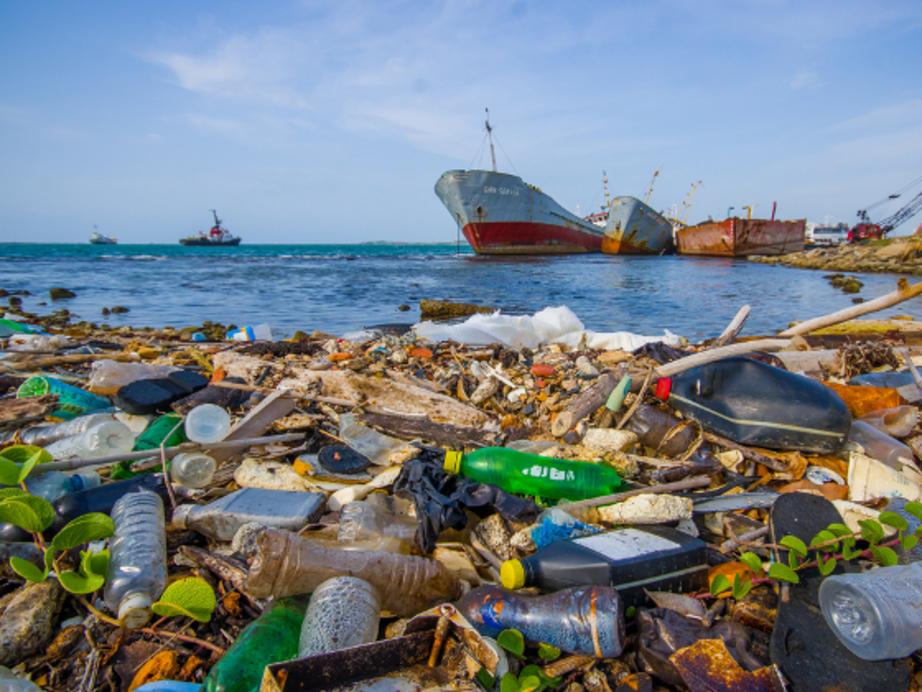
While there may be less than expected, large amounts of floating plastic are found in the subtropical gyres where surface waters circle. While terms such as the “Great Pacific Garbage Patch” conjure up visions of litter-covered seas, much of the floating plastic in the ocean consists of tiny pieces just a few millimetres wide or smaller, which are not obvious to the naked eye at all. Its impact on marine life is not clear, either.
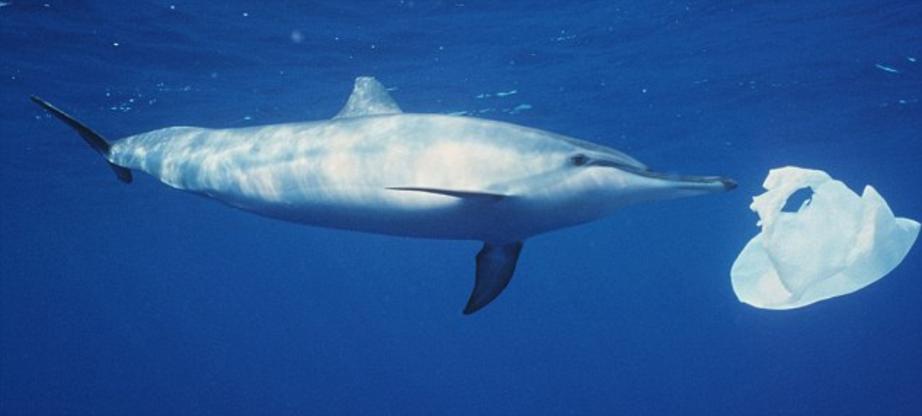
Various schemes have been proposed to remove this plastic from the oceans, but trying to clean up the oceans is impractical, says Amaral-Zettler. “We need to look at prevention and reduction at the start.”

